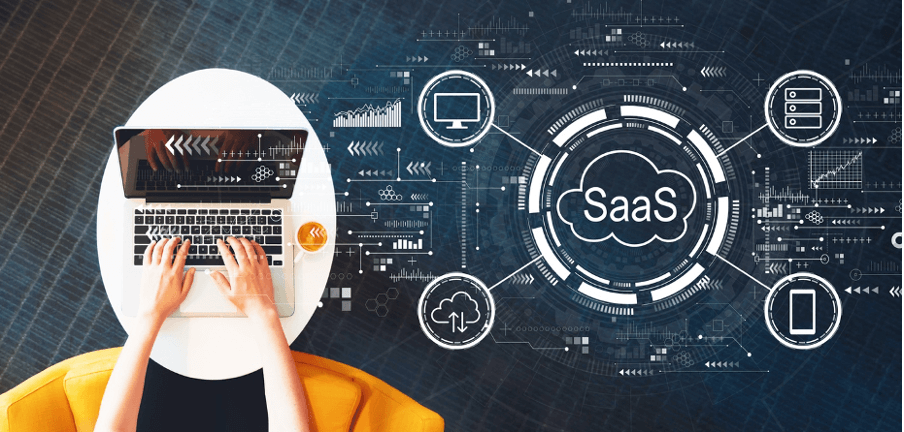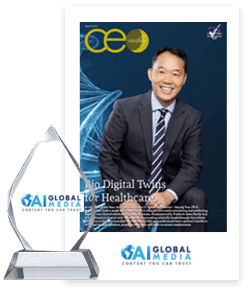
HMRC’s major tax assessment shift from paper to digital returns, ‘Making Tax Digital’ (MTD), might have been launched back in 2019, but it’s been unfolding to encompass more and more small business owners ever since. This isn’t surprising, as its overarching goal – getting all small businesses and self-employed people to submit their income tax returns digitally – nears fulfilment. The primary aim is to make the whole process more streamlined and efficient, not least by eliminating as much waste as possible by migrating to an entirely paperless system.
All VAT-registered businesses were required to “go digital” and be MTD-compliant for VAT as of April 2022, and in April 2023, those who submit Self Assessment returns will be required to follow suit. From that date onwards, all self-employed people earning more than £10,000 per year will be obliged to submit digital tax returns on a quarterly, not merely annual, basis.
However, growing numbers of people are already starting to voluntarily sign up for HMRC’s digital tax return pilot initiative. This allows participants to send in quarterly Income Tax updates to the Revenue, obviating the need to complete the ‘big’ annual Self Assessment return. Essentially, this allows individuals to keep track of how much tax they owe the Revenue while their year’s income is coming in month by month.
Perhaps unsurprisingly, the already-booming Software-as-a-Service (SaaS) market, amongst whose offerings are advanced new accounting software solutions for small businesses and the self-employed, accelerated further in the UK after the MTD initiative was unfurled in 2019.
Let’s take a closer look at this software – and why rising numbers of self-employed workers and small businesses are embracing it.
MTD and the accounting software that makes it easy
For small businesses and sole traders especially, getting the full benefits of the MTD initiative depends on choosing fully HMRC-compatible (but affordable) freelance accounting software. Available on a monthly subscription basis, the best providers of this SaaS solution usually offer tiered packages, depending on the complexity of the user’s tax return needs.
Reputable providers offer very straightforward yet comprehensive solutions for sole traders and small enterprises, handling all aspects of finance by simplifying sales tracking, and, if selected, automatically accepting and receiving payments, generating and sending invoices, and helping smaller entrepreneurs remain up to date with their bookkeeping. As these services are cloud-based, they can be accessed at any time from anywhere – all that’s needed is a smartphone, tablet, or laptop (and an internet/data connection).
The fact is that the offerings of the SaaS market are incredibly diverse; while larger, more complex businesses straddling multiple markets may require sophisticated spend management software tools, at the smaller end of the scale, the uptake of accountancy software for tax returns especially amongst smaller commercial players since the MTD initiative are accelerating.
And there’s a good reason for this. As noted above, sole traders with incomes exceeding £10,000 per annum will, from April 2023, need to file returns at least every quarter using MTD-compatible software. In addition, from April 2024, they will be required to submit a close-of-tax-year ‘End of Period Statement’.
Further growth in the market for MTD-compliant tax returns software
A recent study by Accountancy Age suggests that many UK-based accountants are concerned that a significant proportion of small businesses and sole traders are yet to migrate their tax returns from manual records to MTD-compliant software, which will soon be required by the Revenue. However, as the deadline draws closer, it seems that many businesses are becoming acutely alert to the MTD requirements, with 70% of respondents to the same survey reporting that they would cope with it by making “better use of technology to automate processes.”
Innovations from the Software-as-a-Service sector have changed the thinking across the business landscape, opening new doors away from the capital-heavy investments in IT hardware of yore to a new subscription-based ‘rental’ model of continually updated software solutions. And the transition has been accompanied by the rise of a new generation of software developers eager to put their ingenuity to work in building solutions for newly emerging business problems.
The burgeoning rise of communication and collaboration apps and platforms bears witness to this transition, allowing employees to remain connected, effective, and productive wherever they may be.
Conclusion
As familiarity with the emerging MTD system grows, the likelihood is that many sole traders and small enterprises will find that it actually makes staying on top of their tax obligations much less onerous, not more.
New solutions from SaaS providers like MTD-compliant software will allow even the most modestly sized of businesses to keep digital records and submit regular tax returns with ease, as well as granting them greater visibility over their cash flow. Moreover, these solutions will help these smaller enterprises to set aside much more accurate amounts for the tax they owe, sparing them the all-too-common problem of setting aside significant overestimates of the amount due.
Furthermore, it will also help them slash admin time by automating the more tedious accounting tasks, freeing up more time to concentrate on what they love doing instead.





